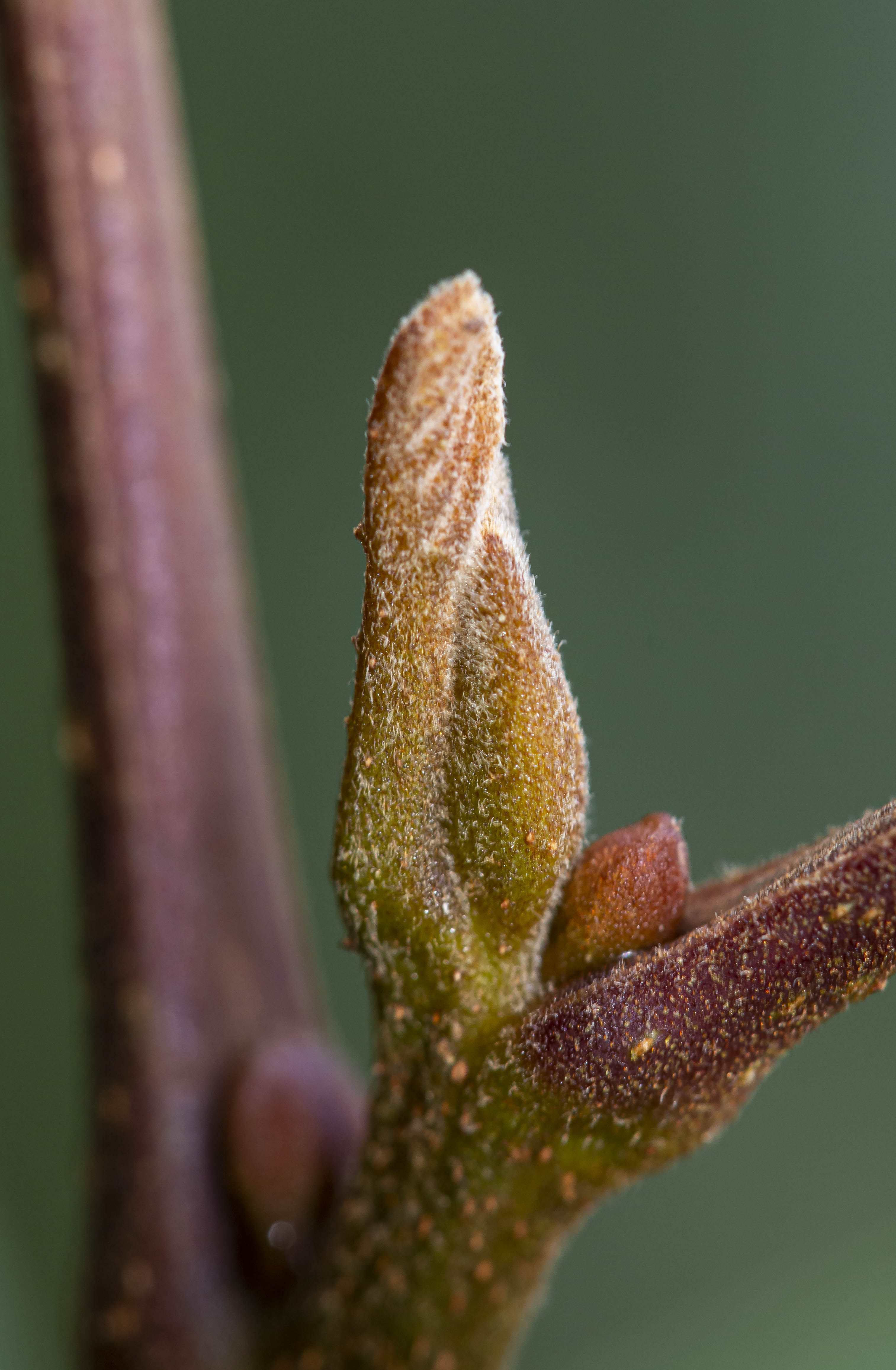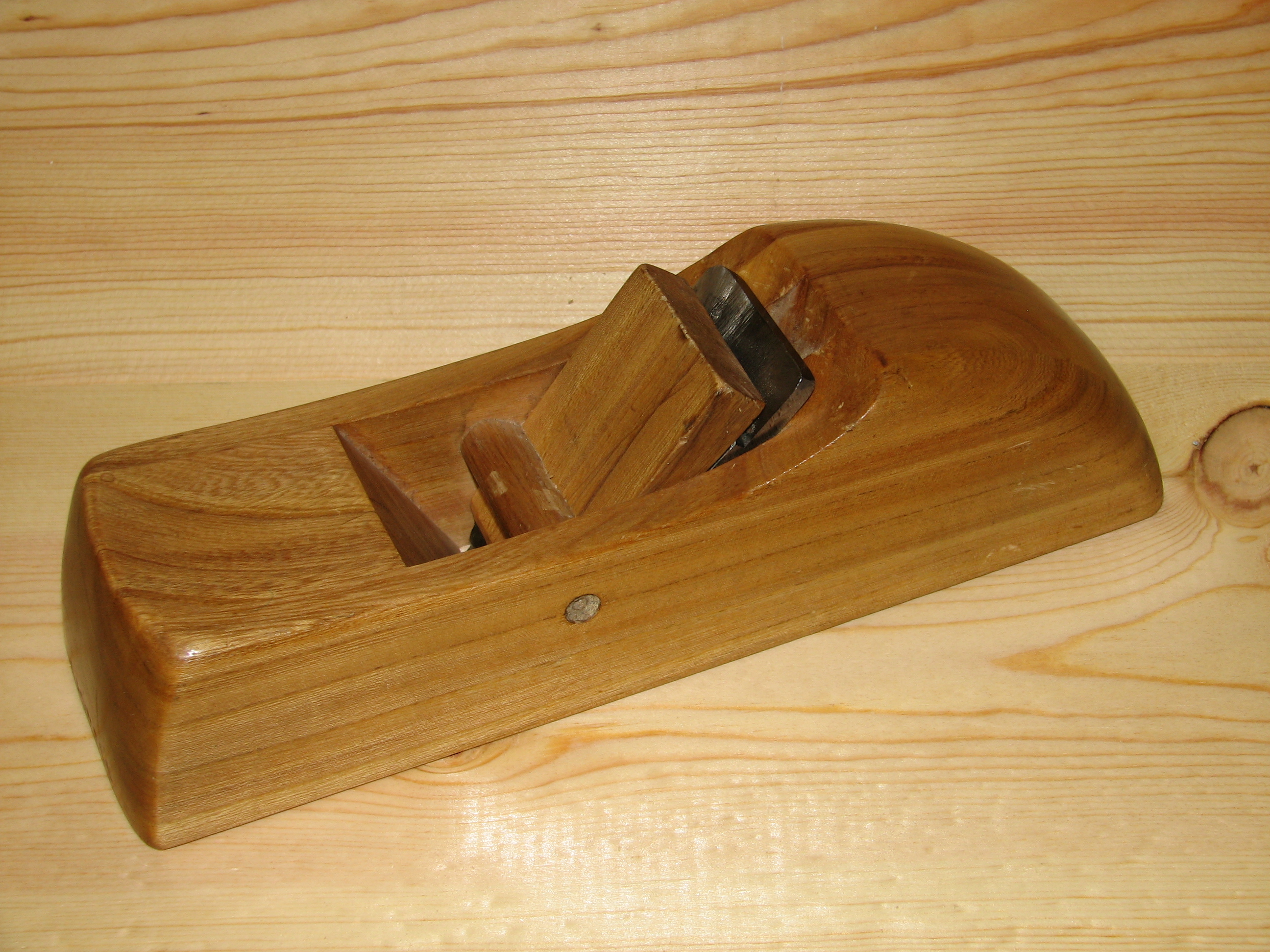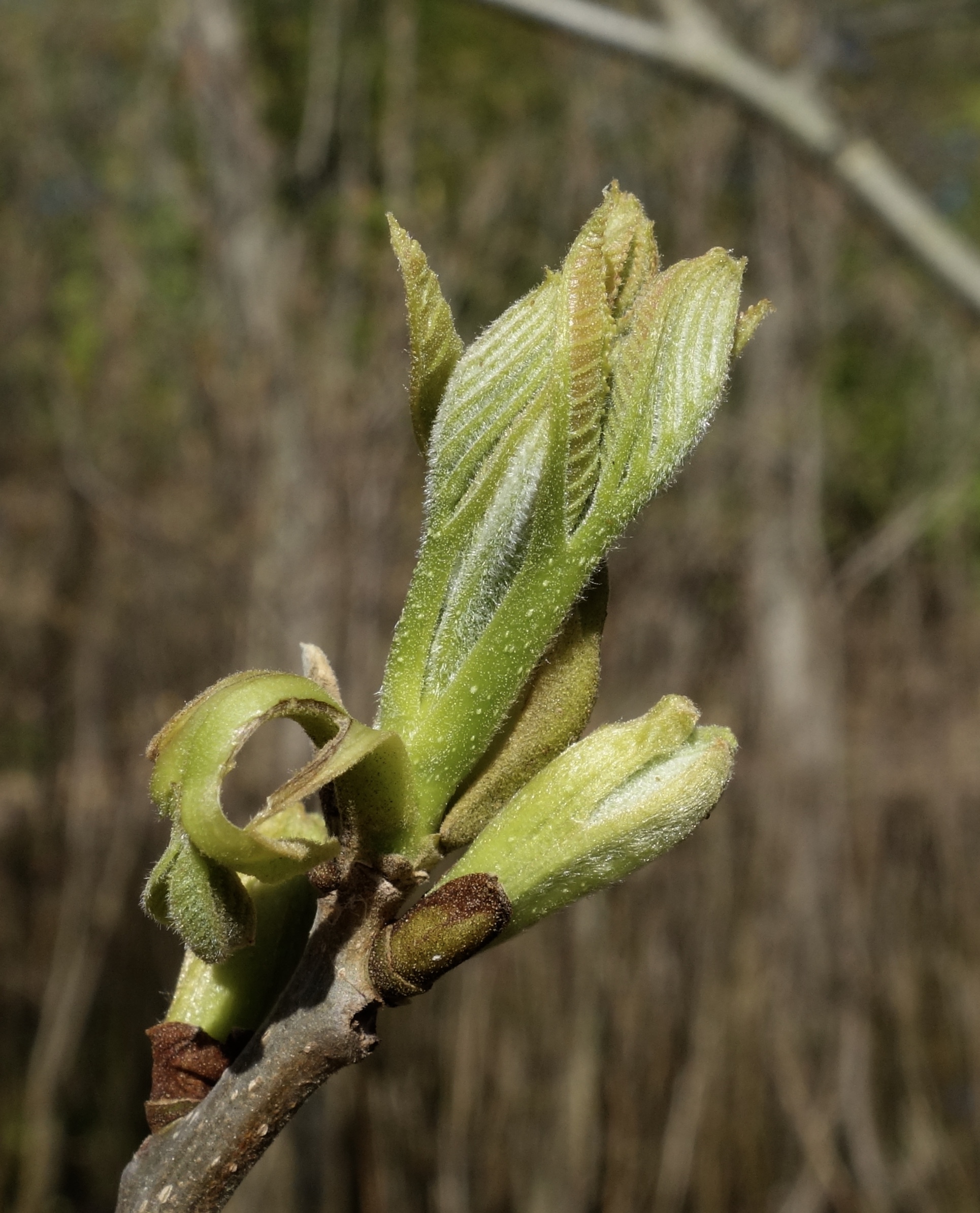|
Carya Aquatica
''Carya aquatica'', the bitter pecan or water hickory, is a large tree, that can grow over tall of the Juglandaceae or walnut family. In the American South it is a dominant plant species found on clay flats and backwater areas near streams and rivers. The species reproduces aggressively both by seed and sprouts from roots and from stumps of cut trees. Water hickory is a major component of wetland forests now in the south eastern US, because of the selective cutting of more desirable tree species for the lumber industry. It is considered important in cleansing drainage waters since the plants slow water flow during flooding, allowing sediments to fall out of the water column. This tree species is tolerant of wet soils but grows best on well draining soils near rivers and other water ways. Habitat Native range Water hickory inhabits the Atlantic and Gulf Coastal Plains from southeastern Virginia to southern Florida, Alabama, west into eastern Texas, and the Mississippi Valley nort ... [...More Info...] [...Related Items...] OR: [Wikipedia] [Google] [Baidu] |
Nutt
Nutt is an English surname. List of people surnamed Nutt * Alfred Nutt (1856–1910), British publisher *Alfred Young Nutt (1847–1924), English architect and artist *Commodore Nutt (1844–1881), American dwarf who worked for P. T. Barnum *Danny Nutt, American football coach * David Nutt; several people including ** David Nutt, British scientist ** David Nutt, English publisher **David H. Nutt, American lawyer and philanthropist * Dennis Nutt, American basketball player *Dickey Nutt, American basketball coach * Eliza Hall Nutt, American philanthropist and schoolteacher *Emma Nutt, first female telephone switchboard operator *Gordon Nutt (born 1932), English footballer * Grady Nutt, American writer * Houston Nutt, American football coach * Jim Nutt, American artist * John Nutt; several people including ** John Nutt, English pirate ** John Nutt (politician), English MP **John Nutt (printer) Elizabeth Nutt (''c.'' 1666 – November 1746) and John Nutt (? – 1716) were printers and ... [...More Info...] [...Related Items...] OR: [Wikipedia] [Google] [Baidu] |
Juglandaceae
The Juglandaceae are a plant family known as the walnut family. They are trees, or sometimes shrubs, in the order Fagales. Members of this family are native to the Americas, Eurasia, and Southeast Asia. The nine or ten genera in the family have a total of around 50 species, and include the commercially important nut-producing trees walnut (''Juglans''), pecan (''Carya illinoinensis''), and hickory (''Carya''). The Persian walnut, '' Juglans regia'', is one of the major nut crops of the world. Walnut, hickory, and gaulin are also valuable timber trees while pecan wood is also valued as cooking fuel. Description Members of the walnut family have large, aromatic leaves that are usually alternate, but opposite in '' Alfaroa'' and '' Oreomunnea''. The leaves are pinnately compound or ternate, and usually 20–100 cm long. The trees are wind-pollinated, and the flowers are usually arranged in catkins. The fruits of the Juglandaceae are often confused with drupes but are acc ... [...More Info...] [...Related Items...] OR: [Wikipedia] [Google] [Baidu] |
American South
The Southern United States (sometimes Dixie, also referred to as the Southern States, the American South, the Southland, or simply the South) is a geographic and cultural region of the United States of America. It is between the Atlantic Ocean and the Western United States, with the Midwestern and Northeastern United States to its north and the Gulf of Mexico and Mexico to its south. Historically, the South was defined as all states south of the 18th century Mason–Dixon line, the Ohio River, and 36°30′ parallel.The South . ''Britannica.com''. Retrieved June 5, 2021. Within the South are different subregions, such as the Sou ... [...More Info...] [...Related Items...] OR: [Wikipedia] [Google] [Baidu] |
Inceptisol
Inceptisols are a soil order in USDA soil taxonomy. They form quickly through alteration of parent material. They are more developed than Entisols. They have no accumulation of clays, iron oxide, aluminium oxide or organic matter. They have an ochric or umbric horizon and a cambic subsurface horizon. In the World Reference Base for Soil Resources (WRB), most Inceptisols are Cambisols or Umbrisols. Some may be Nitisols. Many Aquepts belong to Gleysol A gleysol is a wetland soil (hydric soil) that, unless drained, is saturated with groundwater for long enough to develop a characteristic colour pattern. The pattern is essentially made up of reddish, brownish, or yellowish colours at surfaces o ...s and Stagnosols. Suborders * Aquepts – with a water table close to the surface * Gelepts – in very cold climates * Cryepts – in cold climates * Udepts – in humid climates * Ustepts – in semiarid and sub-humid climates' * Xerepts – in areas with very dry summers and mois ... [...More Info...] [...Related Items...] OR: [Wikipedia] [Google] [Baidu] |
Quercus Lyrata
''Quercus lyrata'', the overcup oak, is an oak in the white oak group (''Quercus'' sect. ''Quercus''). The common name, overcup oak, refers to its acorns that are mostly enclosed within the acorn cup. It is native to lowland wetlands in the eastern and south-central United States, in all the coastal states from New Jersey to Texas, inland as far as Oklahoma, Missouri, and Illinois. There are historical reports of it growing in Iowa, but the species appears to have been extirpated there. It is a slow-growing tree that often takes 25 to 30 years to mature. It has an estimated lifespan of 400 years.Solomon, J. D. (1990). Quercus lyrata Walt. overcup oak. ''Silvics of North America'', ''2'', 681-685. Description ''Quercus lyrata'' is a medium-sized deciduous tree, growing as tall as , with an average height of . The trunk averages up to in diameter, or rarely to . It is a slow-growing tree that often takes 25 to 30 years to mature. ''Quercus lyrata'' has simple leaves that are alt ... [...More Info...] [...Related Items...] OR: [Wikipedia] [Google] [Baidu] |
Quercus Nuttallii
''Quercus texana'', commonly known as Nuttall's oak, is a fast-growing, large deciduous oak tree. It is a tree growing up to 25 meters (83 feet) tall, with dark brown bark. It has leaves with sharp pointed lobes somewhat similar to those of the Georgia oak (''Q. georgiana'') and pin oak (''Q. palustris''). It is fast-growing and usually has a pleasing red color in autumn, much more reliably so than the pin oak. This species was for years erroneously called ''Quercus nuttallii'', but it is now known as ''Q. texana''; this has created much confusion with Texas red oak, which was known as ''Q. texana'' but is now known as ''Q. buckleyi''. It is native to the south-central United States primarily in the lower Mississippi River Valley in Louisiana, Arkansas, Mississippi, Alabama, and western Tennessee. There are additional populations in eastern Texas, southeastern Oklahoma, southeastern Missouri, far western Kentucky, and the southernmost tip of Illino ... [...More Info...] [...Related Items...] OR: [Wikipedia] [Google] [Baidu] |
Quercus Phellos
''Quercus phellos'', the willow oak, is a North American species of a deciduous tree in the red oak group of oaks. It is native to the south-central and eastern United States. Description It is a medium-sized tree growing to tall (exceptionally to ), with a trunk up to in diameter (exceptionally ). It is distinguished from most other oaks by its leaves, which are shaped like willow leaves, long and broad with an entire (untoothed and unlobed) margin; they are bright green above, paler beneath, usually hairless but sometimes downy beneath. The fruit is an acorn, long, and almost as wide as long, with a shallow cup; it is one of the most prolific producers of acorns. The tree starts acorn production around 15 years of age, earlier than many oak species. Willow oaks can grow moderately fast (height growth up to a year), and tend to be conic to oblong when young, rounding out and gaining girth at maturity (i.e. more than 50 years). Distribution and habitat The specie ... [...More Info...] [...Related Items...] OR: [Wikipedia] [Google] [Baidu] |
Ulmus Crassifolia
''Ulmus crassifolia'' Nutt., the Texas cedar elm or simply cedar elm, is a deciduous tree native to south-central North America, mainly in southern and eastern Texas, southern Oklahoma, Arkansas, and Louisiana, with small populations in western Mississippi, southwest Tennessee, and north-central Florida; it also occurs in northeastern Mexico.Todzia, C. A. & Panero, J. L. (2006). A new species of Ulmus (Ulmaceae) from southern Mexico and a synopsis of the species in Mexico. ''Brittonia'', Vol 50, (3): 346 It is the most common elm tree in Texas. The tree typically grows well in flat valley bottom areas referred to as cedar elm flats. The common name cedar elm is derived from the trees' association with juniper trees, locally known as cedars. Description The cedar elm is a medium to large deciduous tree growing to 24–27 m tall with a rounded crown. The leaves are small, 2.5–5 cm long by 1.3–2 cm broad, with an oblique base, and distinguish it from ... [...More Info...] [...Related Items...] OR: [Wikipedia] [Google] [Baidu] |
Ulmus Americana
''Ulmus americana'', generally known as the American elm or, less commonly, as the white elm or water elm, is a species of elm native to eastern North America, naturally occurring from Nova Scotia west to Alberta and Montana, and south to Florida and central Texas. The American elm is an extremely hardy tree that can withstand winter temperatures as low as −42 ° C (−44 ° F). Trees in areas unaffected by Dutch elm disease (DED) can live for several hundred years. A prime example of the species was the Sauble Elm, which grew beside the banks of the Sauble River in Ontario, Canada, to a height of 43 m (140 ft), with a d.b.h of 196 cm (6.43 ft) before succumbing to DED; when it was felled in 1968, a tree-ring count established that it had germinated in 1701. For over 80 years, ''U. americana'' had been identified as a tetraploid, i.e. having double the usual number of chromosomes, making it unique within the genus. However, a study published in 2011 b ... [...More Info...] [...Related Items...] OR: [Wikipedia] [Google] [Baidu] |
Carya Aquatica Bud2
Hickory is a common name for trees composing the genus ''Carya'', which includes around 18 species. Five or six species are native to China, Indochina, and India (Assam), as many as twelve are native to the United States, four are found in Mexico, and two to four are native to Canada. A number of hickory species are used for products like edible nuts or wood. Hickories are temperate forest trees with pinnately compound leaves and large nuts. Hickory flowers are small, yellow-green catkins produced in spring. They are wind-pollinated and self-incompatible. The fruit is a globose or oval nut, long and diameter, enclosed in a four-valved husk, which splits open at maturity. The nut shell is thick and bony in most species, and thin in a few, notably the pecan (''C. illinoinensis''); it is divided into two halves, which split apart when the seed germinates. Etymology The name "hickory" derives from a Native American word in an Algonquian language (perhaps Powhatan). It is a s ... [...More Info...] [...Related Items...] OR: [Wikipedia] [Google] [Baidu] |
Carya Aquatica
''Carya aquatica'', the bitter pecan or water hickory, is a large tree, that can grow over tall of the Juglandaceae or walnut family. In the American South it is a dominant plant species found on clay flats and backwater areas near streams and rivers. The species reproduces aggressively both by seed and sprouts from roots and from stumps of cut trees. Water hickory is a major component of wetland forests now in the south eastern US, because of the selective cutting of more desirable tree species for the lumber industry. It is considered important in cleansing drainage waters since the plants slow water flow during flooding, allowing sediments to fall out of the water column. This tree species is tolerant of wet soils but grows best on well draining soils near rivers and other water ways. Habitat Native range Water hickory inhabits the Atlantic and Gulf Coastal Plains from southeastern Virginia to southern Florida, Alabama, west into eastern Texas, and the Mississippi Valley nort ... [...More Info...] [...Related Items...] OR: [Wikipedia] [Google] [Baidu] |
Hypogeal Germination
Hypogeal germination (from Ancient Greek [] 'below ground', from [] 'below' and [] 'earth, ground') is a botanical term indicating that the germination of a plant takes place below the ground. An example of a plant with hypogeal germination is the pea (''Pisum sativum''). The opposite of hypogeal is epigeal (above-ground germination). Germination Hypogeal germination implies that the cotyledons stay below the ground. The epicotyl (part of the stem above the cotyledon) grows, while the hypocotyl (part of the stem below the cotyledon) remains the same in length. In this way, the epicotyl pushes the plumule above the ground. Normally, the cotyledon is fleshy, and contains many nutrients that are used for germination. Because the cotyledon stays below the ground, it is much less vulnerable to for example night-frost or grazing. The evolutionary strategy is that the plant produces a relatively low number of seeds, but each seed has a bigger chance of surviving. Plants that ... [...More Info...] [...Related Items...] OR: [Wikipedia] [Google] [Baidu] |




